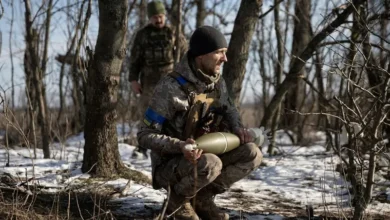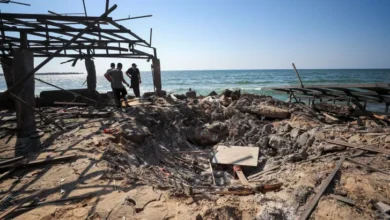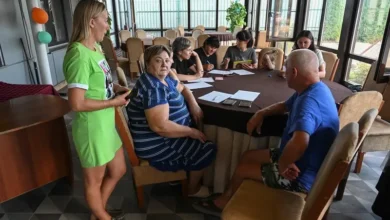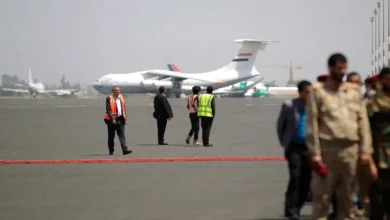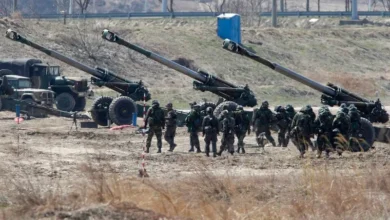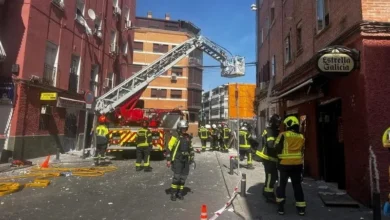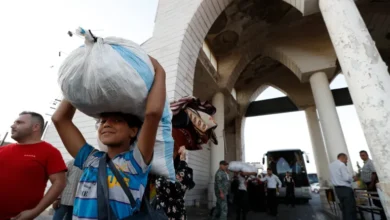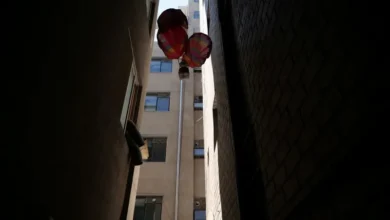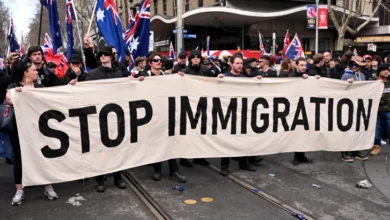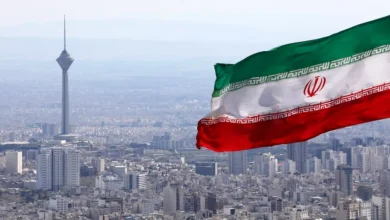Russia intensifies assaults on Ukraine ahead of Trump’s inauguration
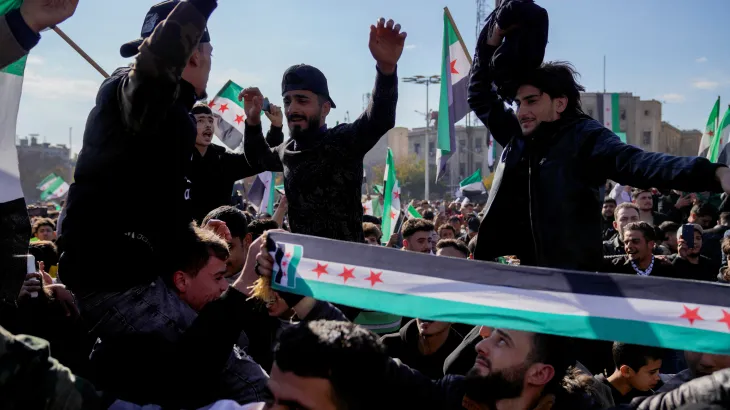
Mounting evidence suggests that Russia ramped up its assaults on Ukraine leading up to the United States election on November 5, in a possible effort to strengthen isolationists supporting Donald Trump.
It also appears to be doubling down on that strategy ahead of Trump’s inauguration on January 20.
“November was the fifth straight month that Russian Forces have suffered an increase in monthly total losses,” said Britain’s Ministry of Defence, as Ukraine estimated that 45,680 Russian soldiers were killed and wounded during the month.
The General Staff of the Ukrainian Armed Forces has estimated Russian losses for September at 38,130 and for October at 41,980.
Those climbing casualty figures are due to the fact that Russian ground assaults have steadily mounted despite the pain.
The Institute for the Study of War, a Washington-based think tank, estimated that Russian daily gains on Ukrainian turf averaged 22sq km (8.5 square miles) in October and 27sq km (10.4 square miles) in November.
Ukraine has recorded a similar crescendo in airborne attacks.
“From September to November 2024, the enemy used over 6,000 UAVs and missiles in air strikes on Ukraine,” said Victoria Vdovychenko, a programme director at the Centre for Defence Strategies, a Ukrainian think tank, and a fellow at Cambridge University’s Centre for Geopolitics.
“This is three times the number used from June to August 2024 and four times the number used from September to November 2023,” she told Al Jazeera.
Before and after the election, Vdovychenko believes Russia also upped its information campaigns to manipulate US public opinion.
North Korean troops entered active combat in the Russian region of Kursk on the day of the election, showing that Russia had access to fresh manpower.
When US President Joe Biden reacted to Vice President and Democratic presidential candidate Kamala Harris’s defeat by authorising US weapons to strike deep inside Russia, Russian President Vladimir Putin fired the Oreshnik ballistic missile into Ukraine in apparent retaliation.
But Russian chief of staff Valery Gerasimov recently told his US counterpart the launch “had been planned long before the Biden administration agreed to allow Ukraine to use American ATACMS to strike deeper into Russia”, reported The New York Times, quoting US officials.
Putin was nonetheless able to create the impression that it was the US that was provoking Russia and prolonging the war.
These messages all played into the hands of the Trump campaign, his supporters admit.
Last autumn, he put pressure on Republican members of Congress to deny $60.4bn in military aid, and succeeded in delaying it by six months.
“If you look at the pattern of slow, incremental, steady Russian advances, it seems to begin after Ukrainians were compromised in their ability to defend themselves by the hold in aid eventually feeding through to an artillery famine on the front lines,” said Keir Giles, a Eurasia expert at Chatham House, a London-based think tank.
Ukraine was on the defensive in February this year as Russian forces outgunned it.
“[Trump’s administration] are looking for a swift pretence at a ceasefire rather than anything that is actually going to endure,” said Giles. “That’s why we’re likely to see suspensions or complete cancellations of aid fairly shortly after Trump comes to power,” he told Al Jazeera.
Days ago, Trump told NBC that Ukraine should “possibly” brace for cuts to US aid.
“Ukraine is absolutely dependent on the US, so if aid for one reason or another is reduced then that would have major implications. It is likely Ukraine will have to give further territory up,” said Michael Gjerstad, a land warfare research analyst with the International Institute for Strategic Studies (IISS), a London-based think tank.
“If aid, both logistically and intelligence support, is cut completely, then Ukraine is screwed and puts Putin in a massively improved position in negotiations,” he told Al Jazeera. “Even if there are countries in Europe that could step in, it would not be enough fill the gap that the US provides.”
Not everyone sees it this way.
“Only $11.5bn of the $60bn from the US was for procurement for Ukraine,” said Oleksandr Danylyuk, a Kyiv-based associate fellow with the Royal United Services Institute (RUSI) think tank.
He said he believed Ukraine has already performed miracles with one hand tied behind its back.
“There is a constant shortage of equipment, ammunition and this is the reason why the Russians have some progress,” he told Al Jazeera. “It’s really a miracle they don’t have better results because they outnumber Ukrainians. They had originally 140,000 in 2022, about half a million in 2023 and now it’s about 800,000.”
Ukraine has about a million people in uniform, but that includes logistics and administration as well as combat troops.
A ‘willing’ European coalition promises to support Ukraine
If Trump did turn his back on Ukraine to press Zelenskyy into talks, Minna Alander, a research fellow at the Finnish Institute for International Affairs (FIIA) was optimistic Europe could fill the gap.
“The four Nordics – Denmark, Finland, Norway and Sweden – have given and pledged $35bn in total, excluding contributions to EU aid. That exceeds, eg, Germany’s current level of support and pledges to Ukraine,” she told Al Jazeera.
“A coalition of the willing, consisting of the Nordics, Baltics, Poland and UK, and possibly France, is also forming to make sure that European aid keeps flowing even if Germany and the US slow down. Denmark has been really leading with its $8.5bn commitment to Ukraine and Norway recently ramped up its long-term aid programme to $12bn.”
